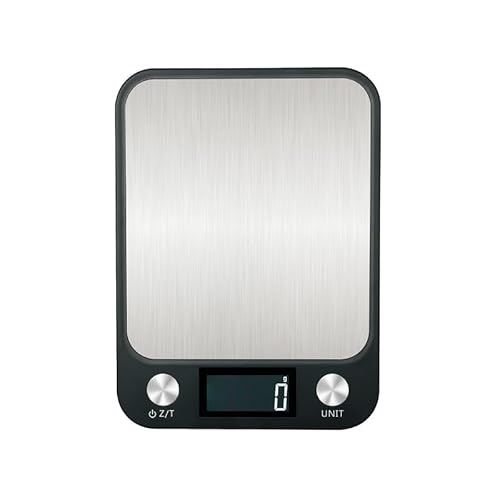Sorry. I was a bit fried last night but can post some thoughts now. I took pics but don't have them. I have made two batches of soy wax shave soap. In both instances I simply subbed it for stearic in my standard shave soap recipe. I did not use as much glycerin as usual, either, since this is hydrogenated oil and not straight stearic. Naturally the different SAP number altered the amount of lye used. I used the SAP number for fully hydrogenated soy wax from SoapCalc and figured it would be fine since it is barely different to the SAP number for partially hydrogenated.
Purchasing - There are many soy waxes from which to choose. Many must be bought in quantity, however. If you check the MSDS on a given soy wax, it will generally simply say "Hydrogenated Soybean Oil," but some will mention "botanicals." Since the target market is generally candlemakers, the botanicals are generally added, presumably, to alter the melt point or the behavior of the wax when hot. Melt points on soy waxes vary wildly, from around 115F to 170F. Pure stearic is roughly 168F IIRC, so I always aim for the high end of the melt point range if I can. I assume that lower melt point soy wax is less fully hydrogenated, although as I mentioned, the "other botanicals" may affect melt point, too. Either way, the highest melt point waxes generally can't be bought in small quantities. I did find a fully hydrogenated soy wax from a US supplier, but when I inquired about purchasing, I was told the minimum quantity would be 2000 lbs.:shock: So, yeah, maybe a group buy thing there.

Aesthetics - The soy waxes I bought are very different to one another. Both are beige in color, as is the resulting soap from each. One has much finer flakes and basically looks like beige stearic. The other has large flakes, almost the size of cereal flakes. The finished soap is beige, a bit tackier in feel than stearic-based soap, almost like a cross between a candle and a shave soap. One of the soaps has a bright sheen to it; it looks - for lack of a better term - waxy.
Process - Melt point is lower, so the time involved is less, which is nice. I'm interested in soy wax so I can avoid palm, but it's a nice fringe benefit if the process is faster. There is no "instant mashed potatoes" like there is with stearic. Trace actually took some time with one of the waxes, maybe two minutes with the stick blender. With the other, trace was very quick. Gel/cook took longer than with straight stearic, too, of course, and in fact the second soap - the one that took less time to trace - took almost an hour to cook. When I watched it react to the lye, I thought it must have a higher stearic content than the first wax, but it sure didn't behave that way during saponification.
Lather/Shave - One of the two soy soaps provides lather that is not far off from straight stearic - thick, slick, and quick to come together. It shaves well, and if I didn't have stearic soap to compare to, I would be perfectly happy with it. However, it is not quite as stable as stearic-based soap lather, perhaps due to whatever unsaturated fats remain in it and/or the botanicals. The second soap is a shade poorer in performance and lather stability. By my second pass the lather was just so-so.
1st soap - small wax particles, slow to trace, moderately slow to gel, looks like a beige stearic soap, lathers very well
2nd soap - giant wax flakes, quick to trace, very slow to gel, looks like a waxy soap-candle hybrid, lathers okay
This is by no means an exhaustive report. I haven't messed with water amounts, haven't tried other waxes, haven't waited to see how the soaps do over time (they are just a few weeks old).
What I like about soy wax - faster melt time, theoretically slightly cheaper, palm-free
What I don't like - unknown level of hydrogenation (in most cases), uncertain of approval for use in soap/cosmetics, producers are not forthcoming about the proprietary makeup of the wax
I will try to add pictures later.












































